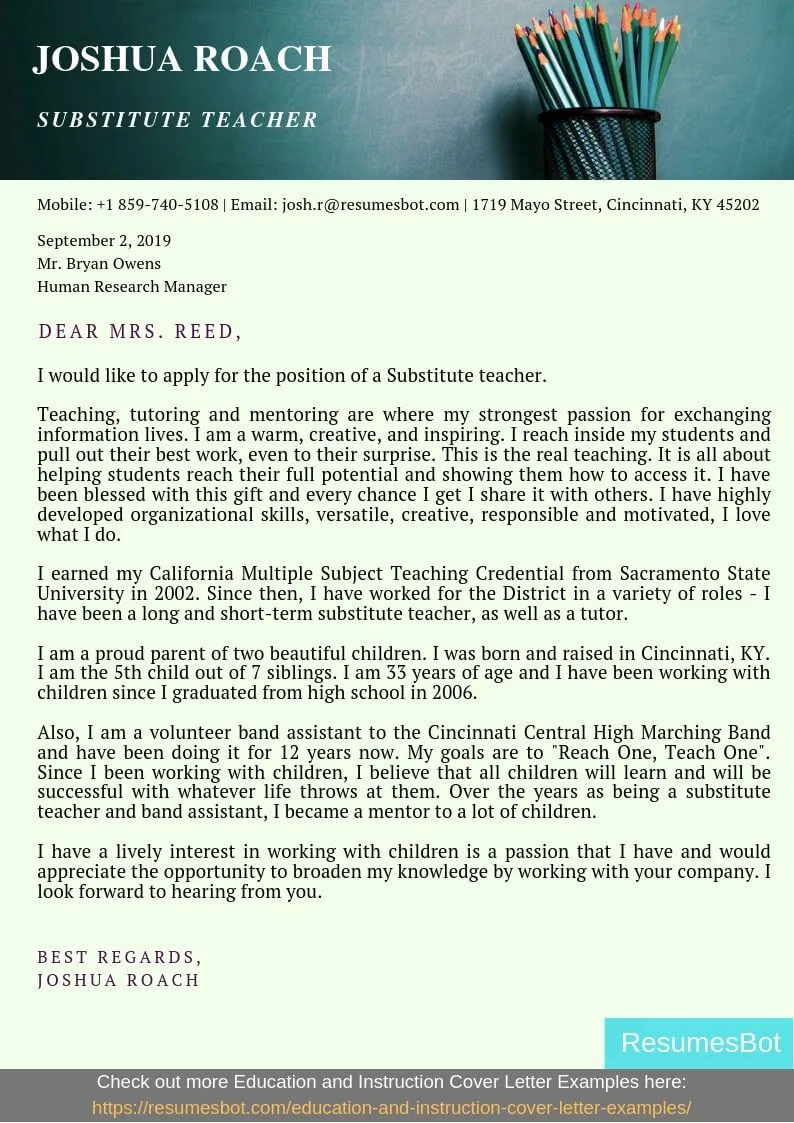Substitute Teaching Overview
Substitute teaching is a vital role in the education system, providing continuity and support when regular teachers are unavailable. It offers a flexible career option with the opportunity to work in various schools and grade levels. This guide provides a comprehensive overview of how to get started in substitute teaching, from understanding the responsibilities to navigating the application process and excelling in the classroom. Whether you’re considering a career change or seeking part-time work, substitute teaching can be a rewarding experience, allowing you to make a positive impact on students’ lives.
Understanding the Role of a Substitute Teacher
The role of a substitute teacher is multifaceted, encompassing a range of responsibilities designed to ensure a smooth learning environment in the absence of the regular teacher. It extends beyond simply supervising students, requiring the ability to implement lesson plans, manage classroom behavior, and maintain a positive learning atmosphere. Substitute teachers are essentially temporary educators, stepping in to facilitate instruction and uphold the standards of the school district. They must be adaptable, resourceful, and able to quickly integrate into different classroom settings.
Key Responsibilities of Substitute Teachers
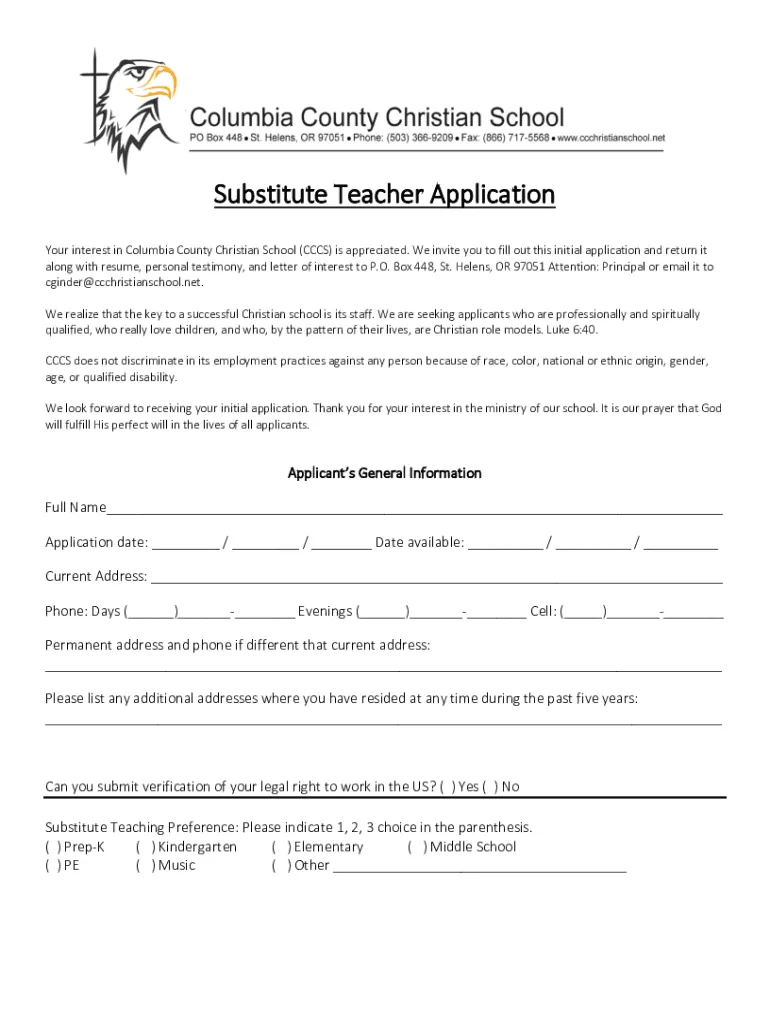
Key responsibilities include implementing lesson plans provided by the regular teacher, managing classroom behavior effectively, and maintaining a safe and supportive learning environment. Substitutes are also expected to take attendance, communicate with school staff, and, in some cases, grade assignments. Adaptability is key, as they must be prepared to work with different age groups and subject matters. They must adhere to school policies and procedures, ensuring the continuity of education during the teacher’s absence.
Essential Skills for Substitute Teachers
Essential skills for a successful substitute teacher encompass strong classroom management abilities, effective communication, adaptability, and the ability to build rapport with students. Classroom management skills are crucial for maintaining order and ensuring a focused learning environment. Excellent communication skills are needed to interact with students, staff, and parents. Adaptability allows substitutes to adjust to different classroom settings and lesson plans. The ability to build rapport fosters a positive learning environment and encourages student engagement.
Getting Started as a Substitute Teacher
Embarking on a career as a substitute teacher involves several key steps, from meeting educational requirements to completing necessary background checks and navigating the application process. Understanding these steps is crucial for a smooth transition into the role. Prospective substitutes should be prepared to meet the qualifications set forth by the school district, gather the required documents, and undergo the necessary screenings.
Educational Requirements and Qualifications
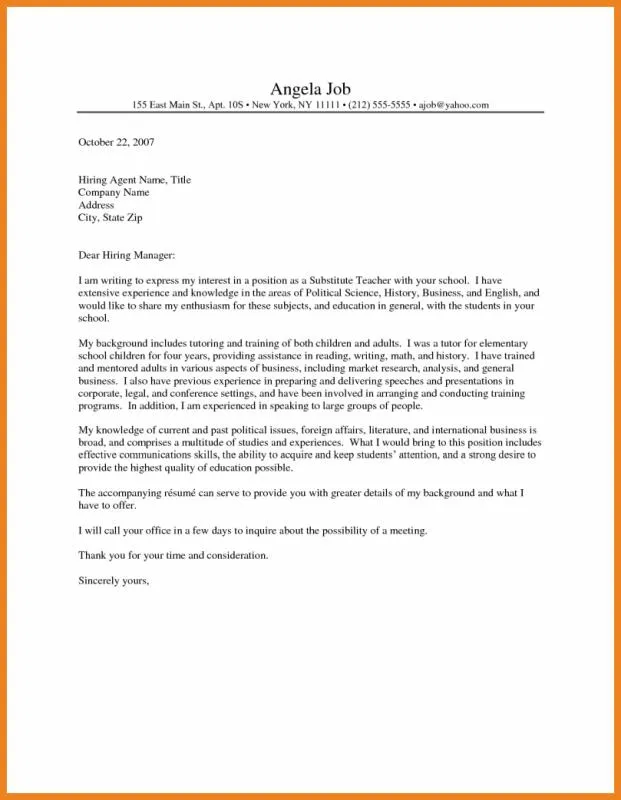
Educational requirements vary by state and school district, but typically, a minimum of a high school diploma is required. Some districts may require an associate’s or bachelor’s degree, especially for long-term substitute positions. It’s essential to check the specific requirements of the school districts you are interested in. Furthermore, having completed relevant coursework in education or child development can be beneficial, even if not mandatory.
Application Process and Necessary Documents
The application process typically involves completing an online application, submitting a resume and cover letter, and providing transcripts and other supporting documents. Make sure to tailor your cover letter to each position, highlighting your skills and experiences that align with the specific needs of the school district. Be prepared to provide references and potentially undergo interviews. Accuracy and attention to detail in the application are crucial.
Background Checks and Clearances
A crucial aspect of becoming a substitute teacher is undergoing thorough background checks and obtaining the necessary clearances. These typically include fingerprinting, criminal history checks, and often, a tuberculosis (TB) test. The specific requirements vary by state and district, but all are designed to ensure the safety and well-being of students. Candidates must complete these processes before they can be approved to work as a substitute teacher.
Finding Substitute Teaching Positions
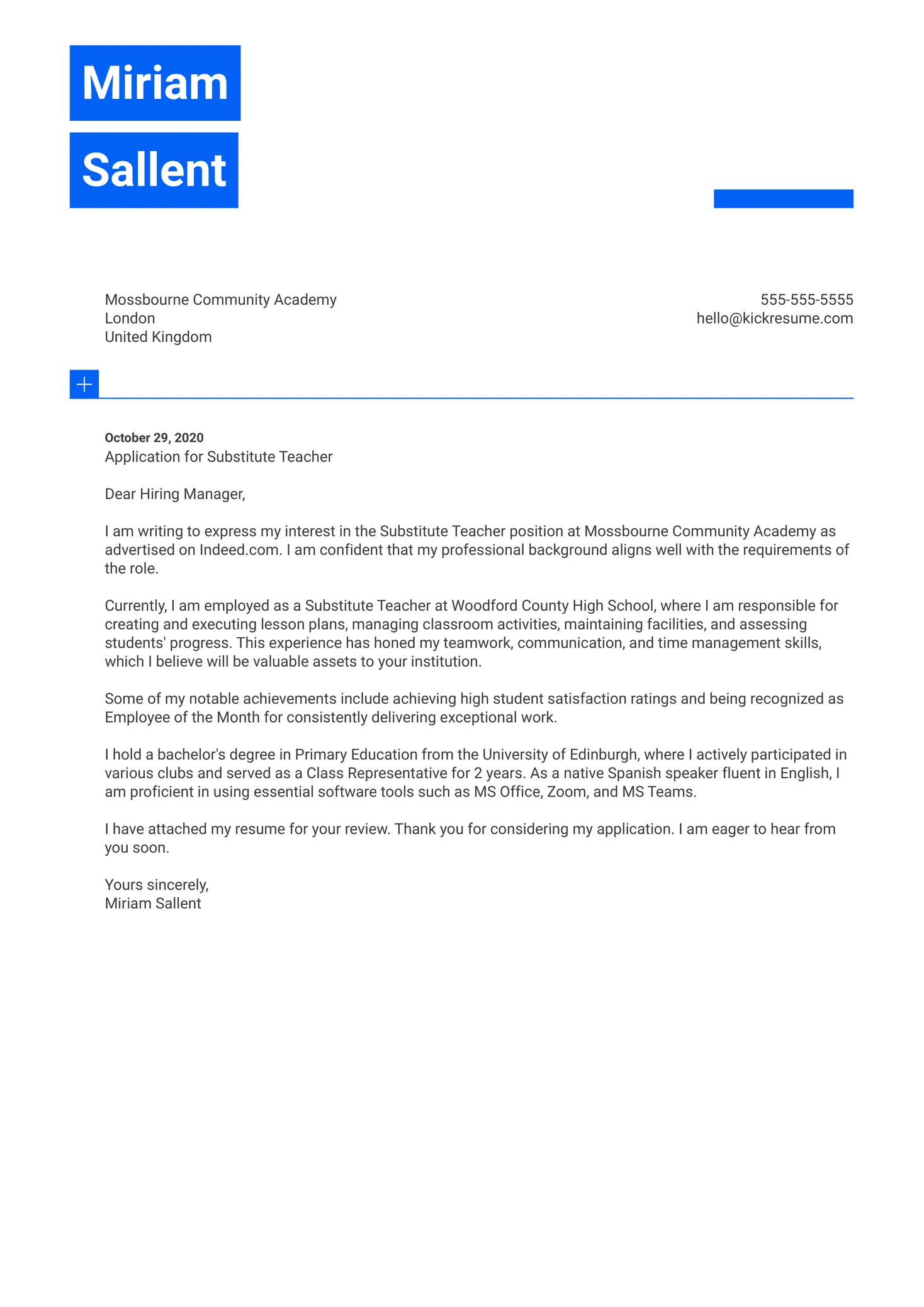
Finding substitute teaching positions involves utilizing various resources, including online job boards, school district websites, and networking opportunities. These resources can help you locate available positions and learn more about the specific requirements of different schools and districts.
Online Job Boards and School District Websites
Online job boards such as Indeed, LinkedIn, and local education-focused websites frequently list substitute teaching positions. School district websites are also excellent resources, as they often have dedicated sections for job postings, including substitute positions. Regularly checking these platforms will increase your chances of finding suitable opportunities.
Networking and Building Connections
Networking can significantly enhance your job search efforts. Attend job fairs, connect with school administrators, and reach out to current teachers. Building connections can lead to valuable insights into school culture, potential job openings, and can provide you with references. Making a positive impression during interviews and networking events is important for future opportunities.
Crafting a Winning Cover Letter and Resume
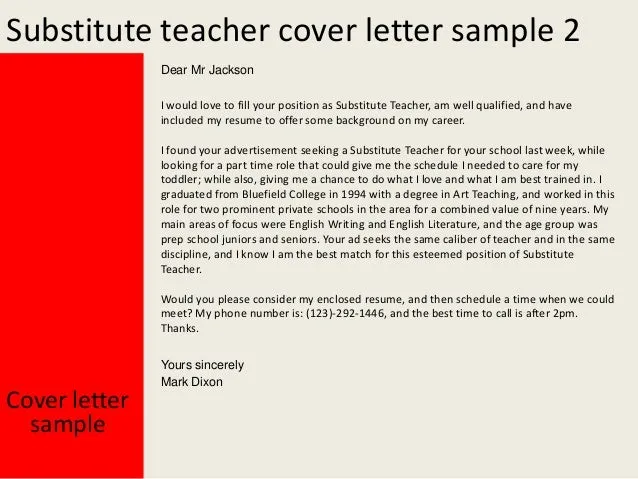
Crafting a compelling cover letter and resume is critical to securing a substitute teaching position. These documents serve as your initial introduction to the school district and should highlight your relevant experience, skills, and qualifications.
Highlighting Relevant Experience and Skills
Your resume should clearly outline your educational background, previous teaching or childcare experience, and any skills relevant to substitute teaching, such as classroom management, communication, and curriculum implementation. Your cover letter is your opportunity to elaborate on these experiences and skills, showcasing how they align with the specific requirements of the school or district.
Tailoring Your Application to Each Position
Each school district may have different needs and expectations. Customize your cover letter and resume for each position you apply for. Review the job description carefully and emphasize the skills and experiences most relevant to the position. This shows that you’ve taken the time to understand the role and are genuinely interested in the opportunity.
Interview Preparation and Tips
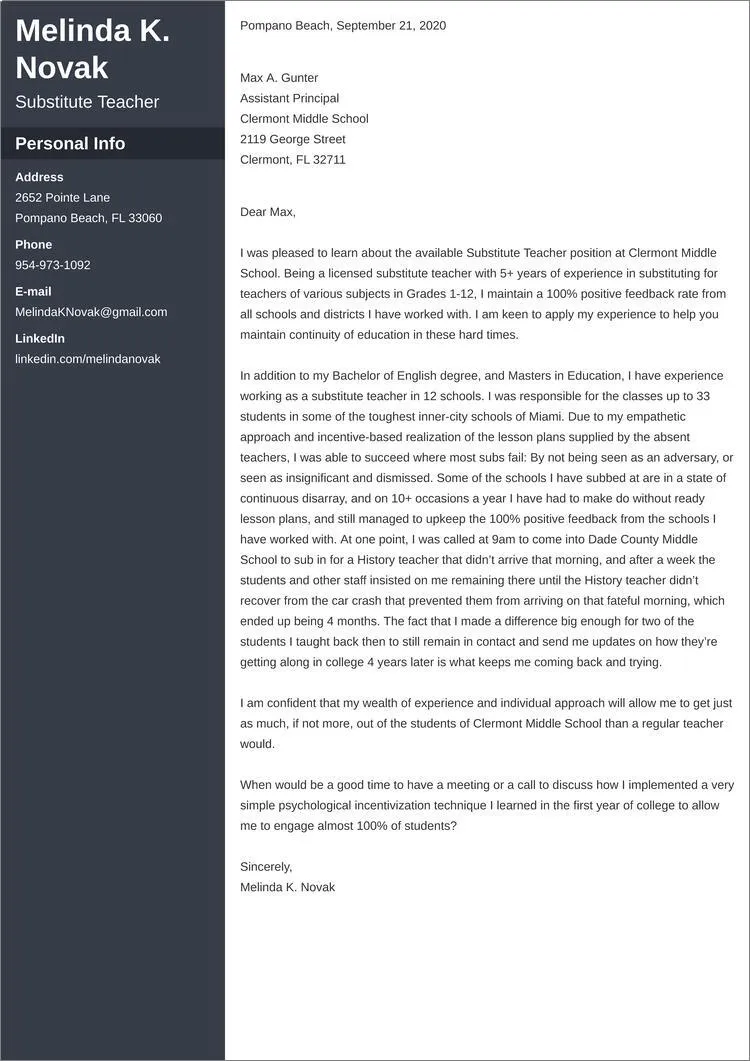
Preparing for an interview can significantly increase your chances of success. Understanding common interview questions, practicing your responses, and demonstrating strong classroom management skills are key components of effective interview preparation.
Common Interview Questions and How to Answer Them
Be prepared to answer questions about your experience, classroom management techniques, and how you would handle various situations. Common questions include how you would handle a disruptive student, implement lesson plans, or communicate with parents and staff. Practice answering these questions, using the STAR method (Situation, Task, Action, Result) to provide specific examples.
Demonstrating Classroom Management Skills
During the interview, emphasize your ability to create a positive and structured learning environment. Provide examples of how you have successfully managed classroom behavior, implemented disciplinary procedures, and maintained order. Demonstrate your understanding of different classroom management strategies and your ability to adapt to diverse student needs.
First Days as a Substitute Teacher
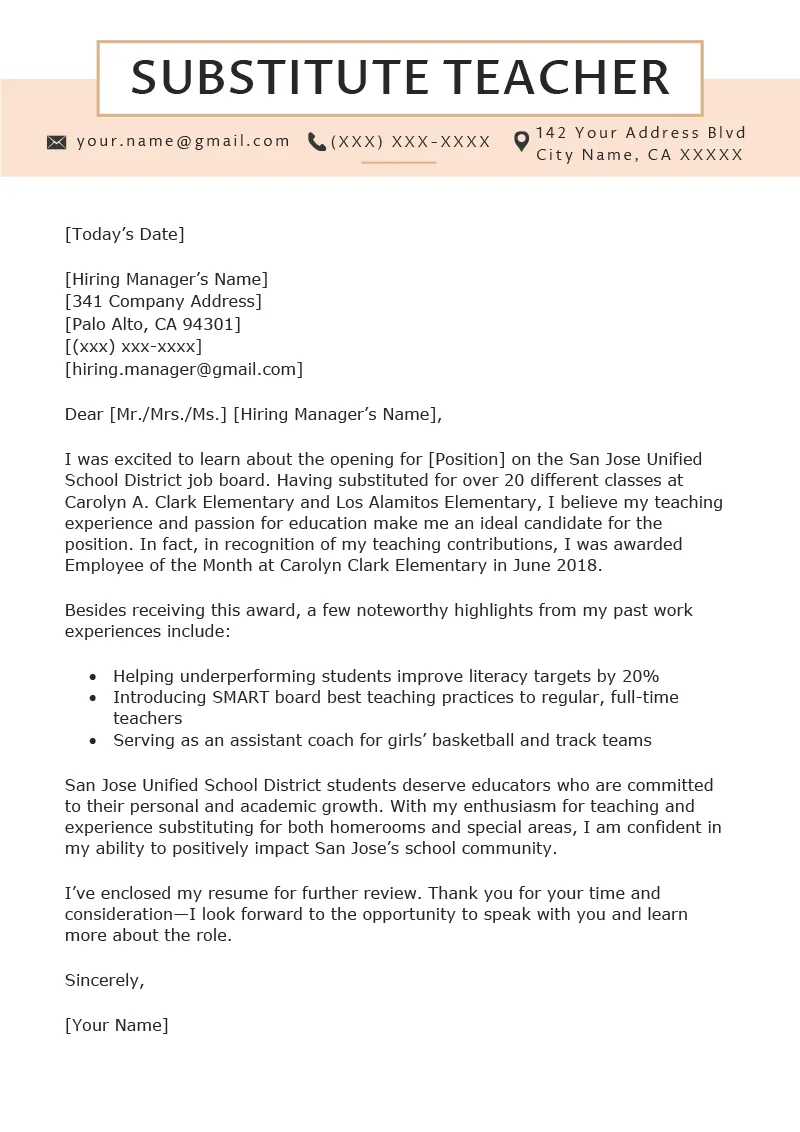
Your first days as a substitute teacher are crucial for establishing a positive relationship with the students and staff. Understanding the school’s procedures, building rapport, and managing classroom behavior are essential for a smooth transition.
Classroom Procedures and Expectations
Familiarize yourself with the school’s policies and procedures. This includes understanding the daily schedule, emergency protocols, and classroom routines. Follow the lesson plans provided by the regular teacher, ensuring you have all the necessary materials and understand the day’s objectives.
Building Rapport with Students and Staff
Building rapport with students and staff is essential for creating a positive learning environment. Introduce yourself to the students and learn their names. Be approachable, friendly, and show genuine interest in their learning and well-being. Communicate effectively with school staff, seeking assistance when needed.
Managing Classroom Behavior and Discipline
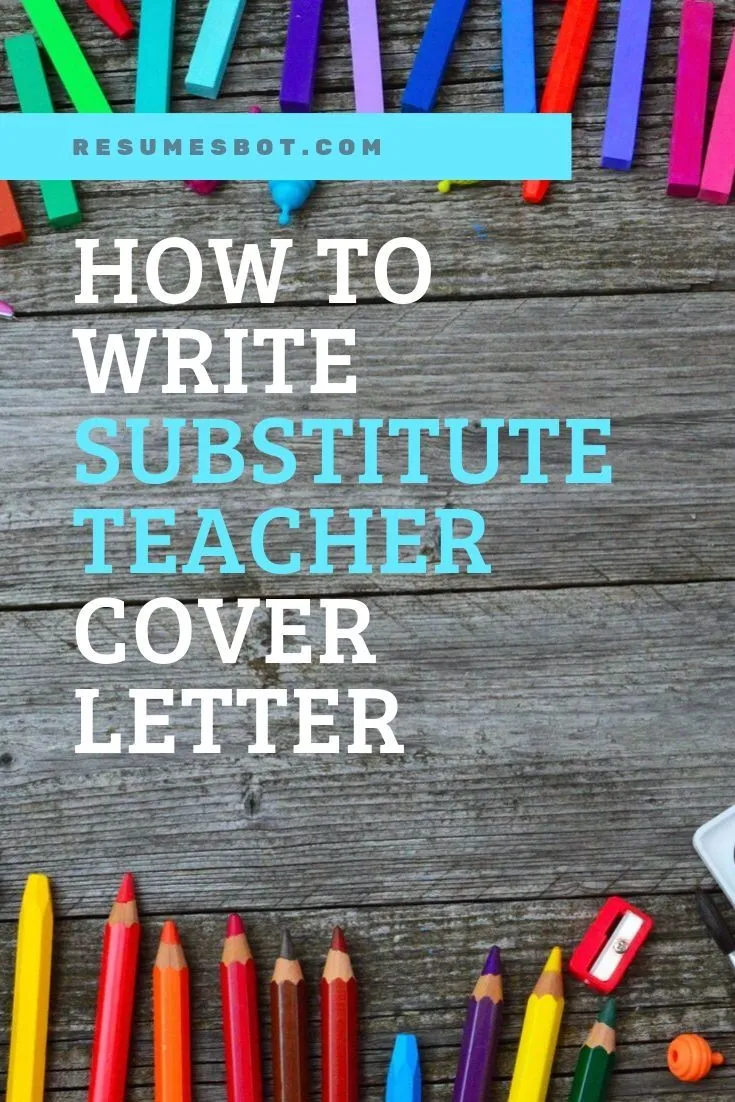
Managing classroom behavior effectively is essential. Implement the regular teacher’s established rules and procedures. Address any disruptive behavior calmly and consistently. Utilize positive reinforcement strategies and, if necessary, follow the school’s disciplinary policies.
Resources and Support for Substitute Teachers
Substitute teachers have access to resources and support systems to enhance their performance. These include professional development opportunities, feedback mechanisms, and ongoing support from school staff and administrators.
Professional Development Opportunities
Take advantage of professional development opportunities to improve your skills and knowledge. These may include workshops, online courses, and mentoring programs. Participating in professional development can help you stay current with the latest teaching practices and enhance your classroom management skills.
Seeking Feedback and Improving Your Performance
Regularly seek feedback from teachers, administrators, and, when appropriate, students. Use this feedback to identify areas for improvement and adjust your teaching strategies. Reflect on your experiences and continuously strive to enhance your skills and effectiveness as a substitute teacher.
